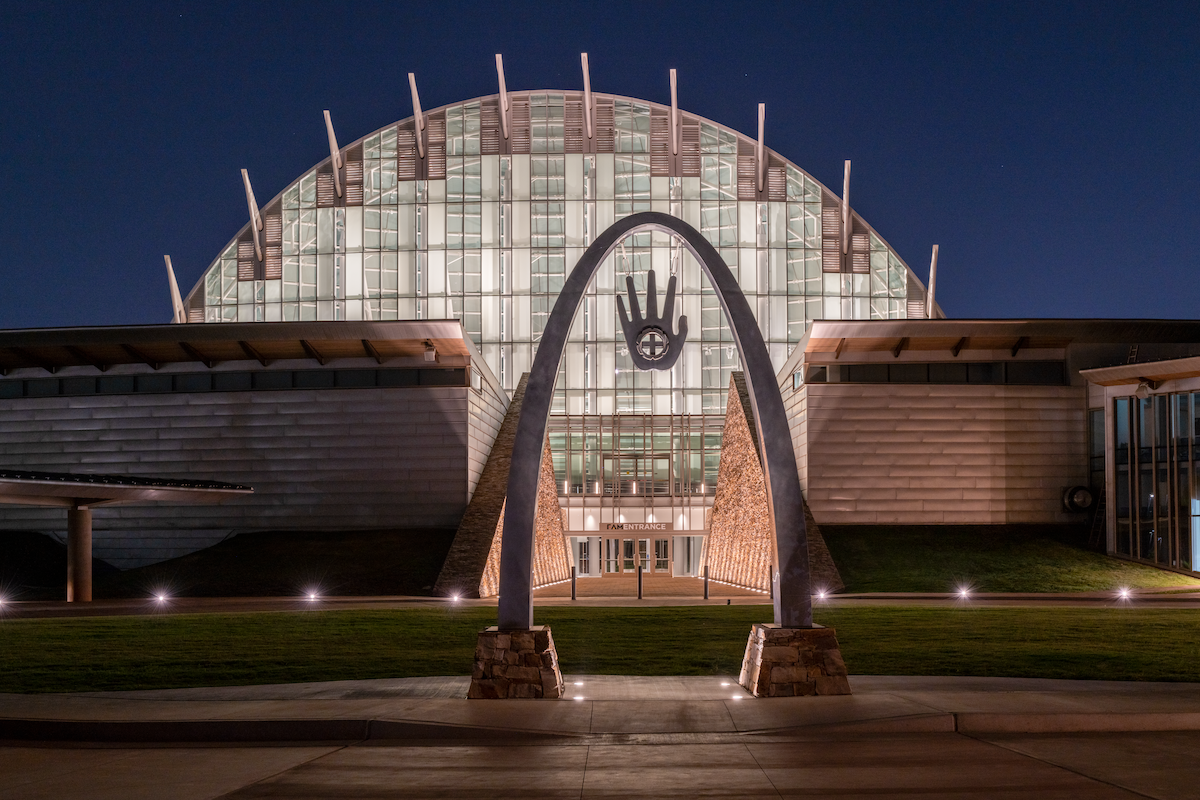
Photo: FAM
The First Americans Museum (FAM) in Oklahoma City is now officially open to the public. It celebrates the 39 tribal nations living in the state of Oklahoma and incorporates the culture into the architecture and the exhibits of the museum. The museum features important symbolism that represents First Americans’ spirituality without becoming overly specific to a certain tribe. Forms are inspired by Indigenous beliefs surrounding the environment, the movement of the Sun, and the movement of spirits.
“Right angles are not an aesthetic for many of the tribes here in Oklahoma,” says FAM director and CEO James Pepper Henry of the Kaw Nation. “In our beliefs, if you have a right angle, spirits get trapped in there and it causes an imbalance. So, all of our dwellings are round.”
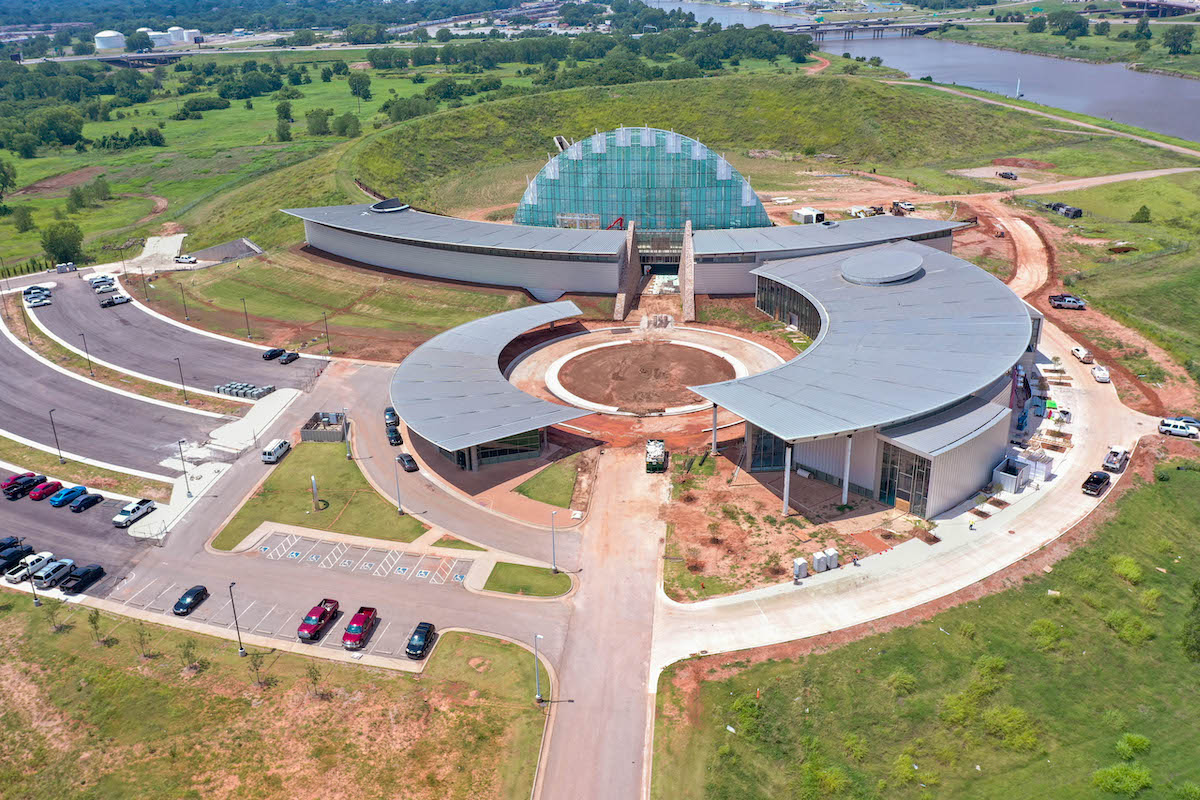
Photo: Circle House Media
FAM is designed in the shape of two intersecting arcs that literally track the seasons as the Sun changes position in the sky. True to beliefs surrounding life and spirits, it does not seem to have a defined beginning or end. Different areas of the museum are filled with light during different seasons, like the Festival Plaza on the winter solstice. The intersecting design also refers to the relationship between ancient and current-day Native groups. While the mound of land pays homage to those before, the current museum honors the Native people living in Oklahoma today.
These interesting relationships between the architecture and the site were not inspired by a single tribe’s belief. Instead, the design team—Johnson Fain acting as design architect working with Hornbeek Blatt Architects and others—collaborated with Native consultants, theatrical consultants, and other experts to document the traditions and beliefs of each Indigenous nation. From there, commonalities were found.
“There is this philosophical approach to connectivity, to the natural world, life-sustaining elements like fire, wind, water, Earth. So, these started emerging. That connectivity to Mother Earth became so powerful, and so that’s the direction it went,” explains FAM deputy director Shoshana Wasserman of the Thlopthlocco Tribal Town.
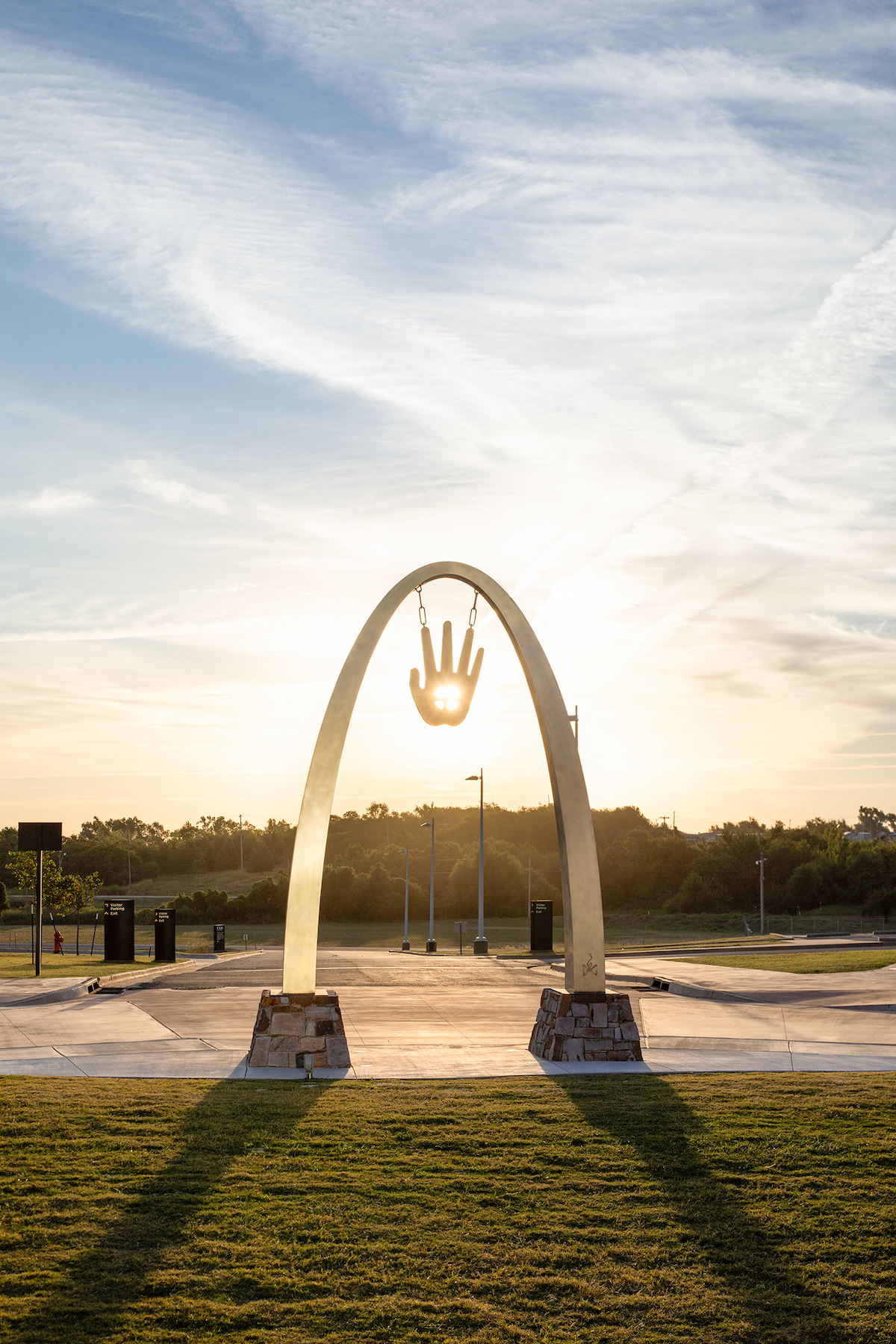
Photo: Mel Willis
The massive arch on the museum site was designed by Bill and Demos Glass, a Cherokee father and son team of artists. Aligned with the design of the museum, this sculpture reinforces a relationship with the Sun by perfectly aligning with the light during the equinoxes.
Within the museum, the Hall of People remembers the history of Native people, from ways of life to architectural representations of the Trail of Tears. Some other galleries in the space cover ideas of spirituality, beliefs, a diverse range of artwork from different tribes, and more. The museum even includes two restaurants that celebrate Native American food.
The most important takeaway from the First Americans Museum is that though all are welcome to visit and learn, it is not designed for everyone. It is designed to reflect the values of the First Americans of Oklahoma. FAM acts as a place for gathering and celebrating Native culture in the face of historical trauma and erasure.
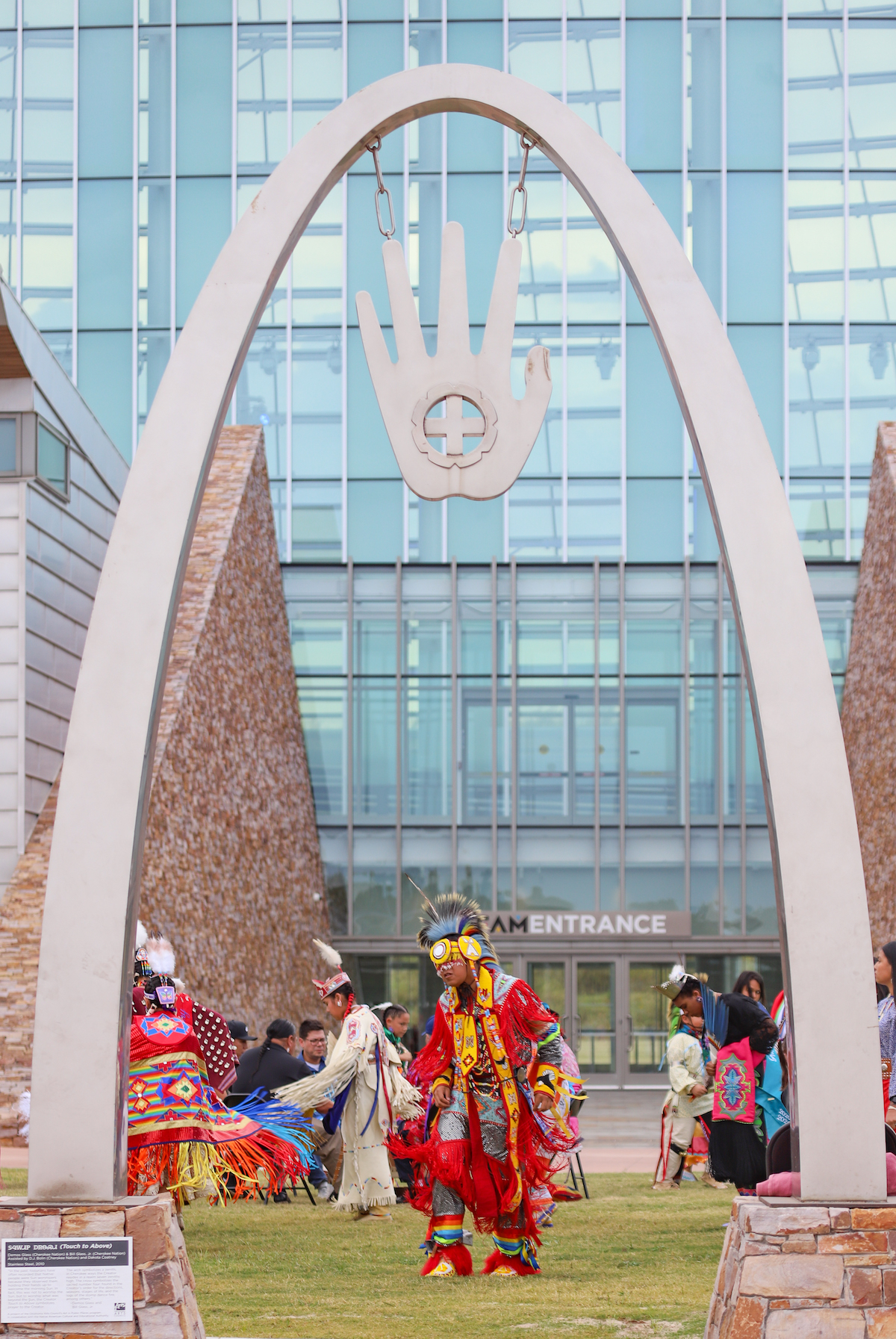
Photo: FAM

Photo: Mel Willis
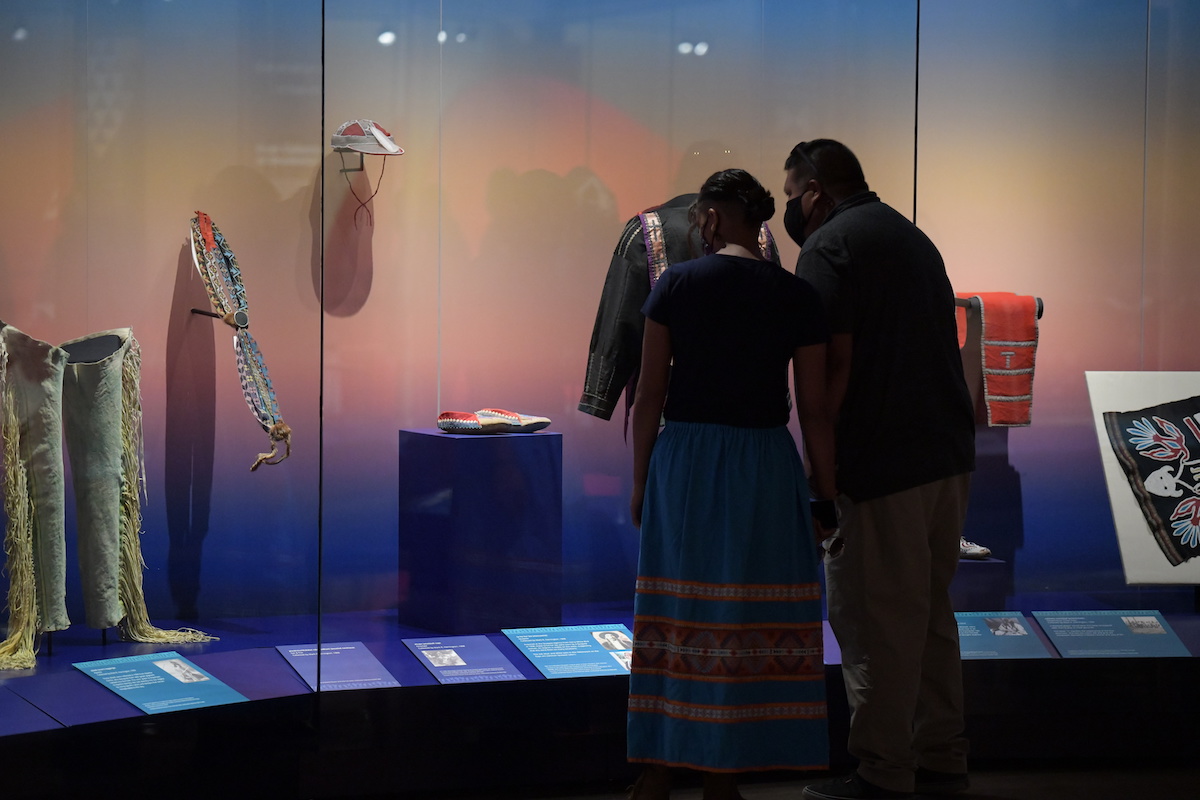
Photo: FAM
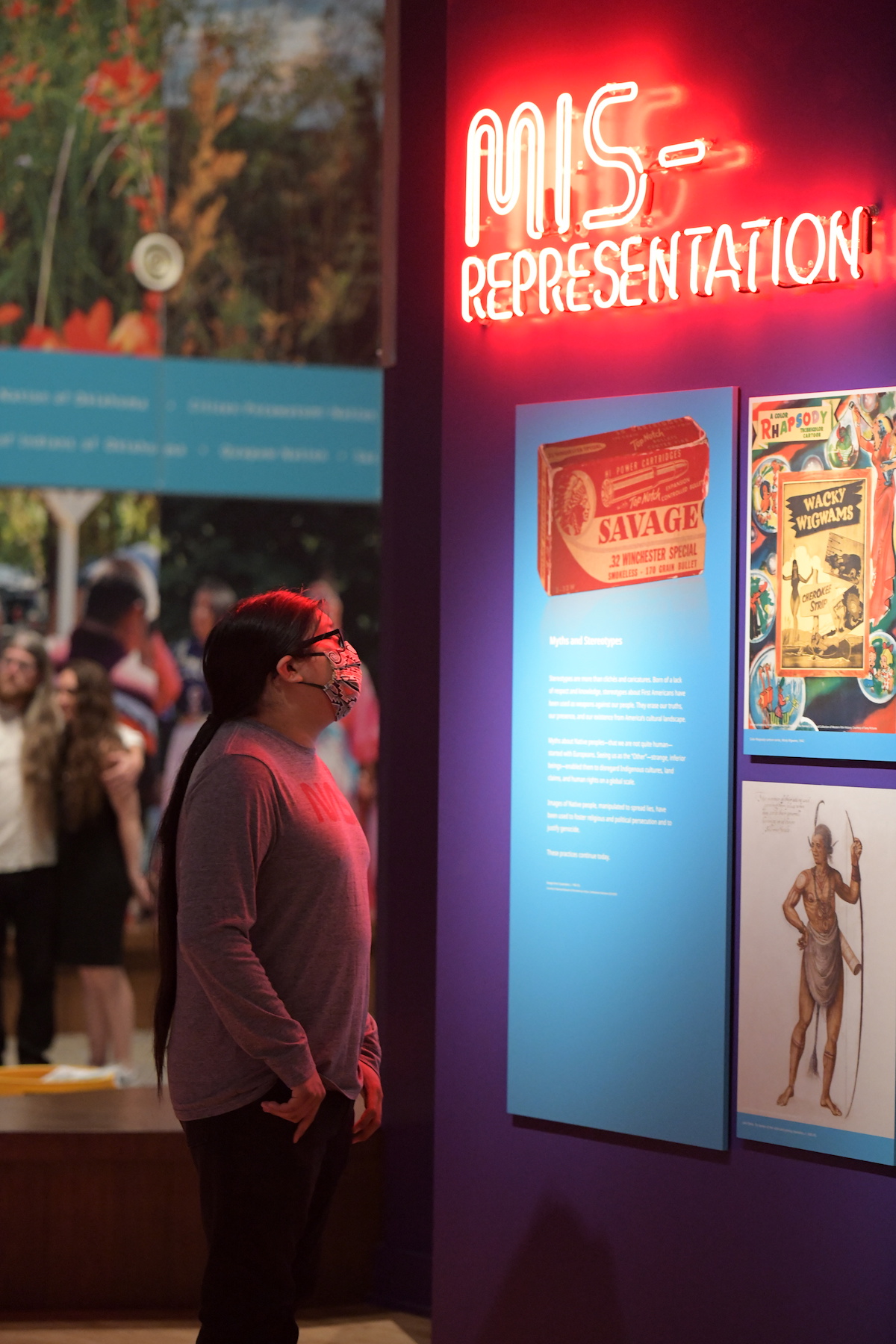
Photo: FAM
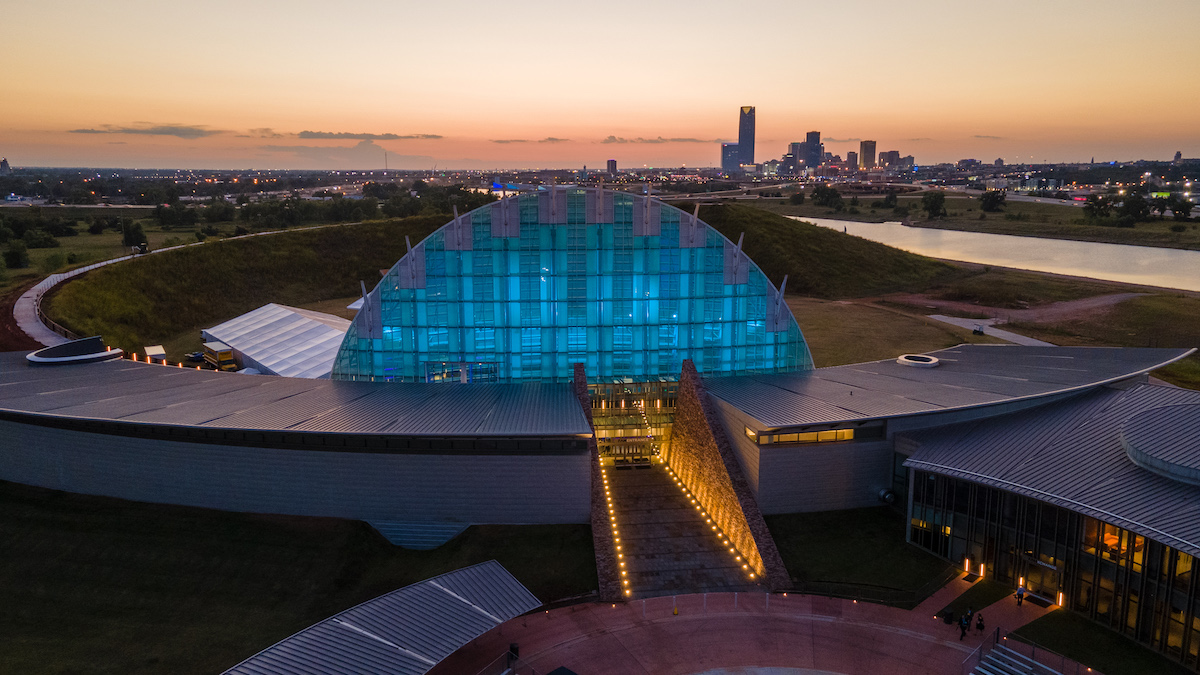
Photo: Circle House Media
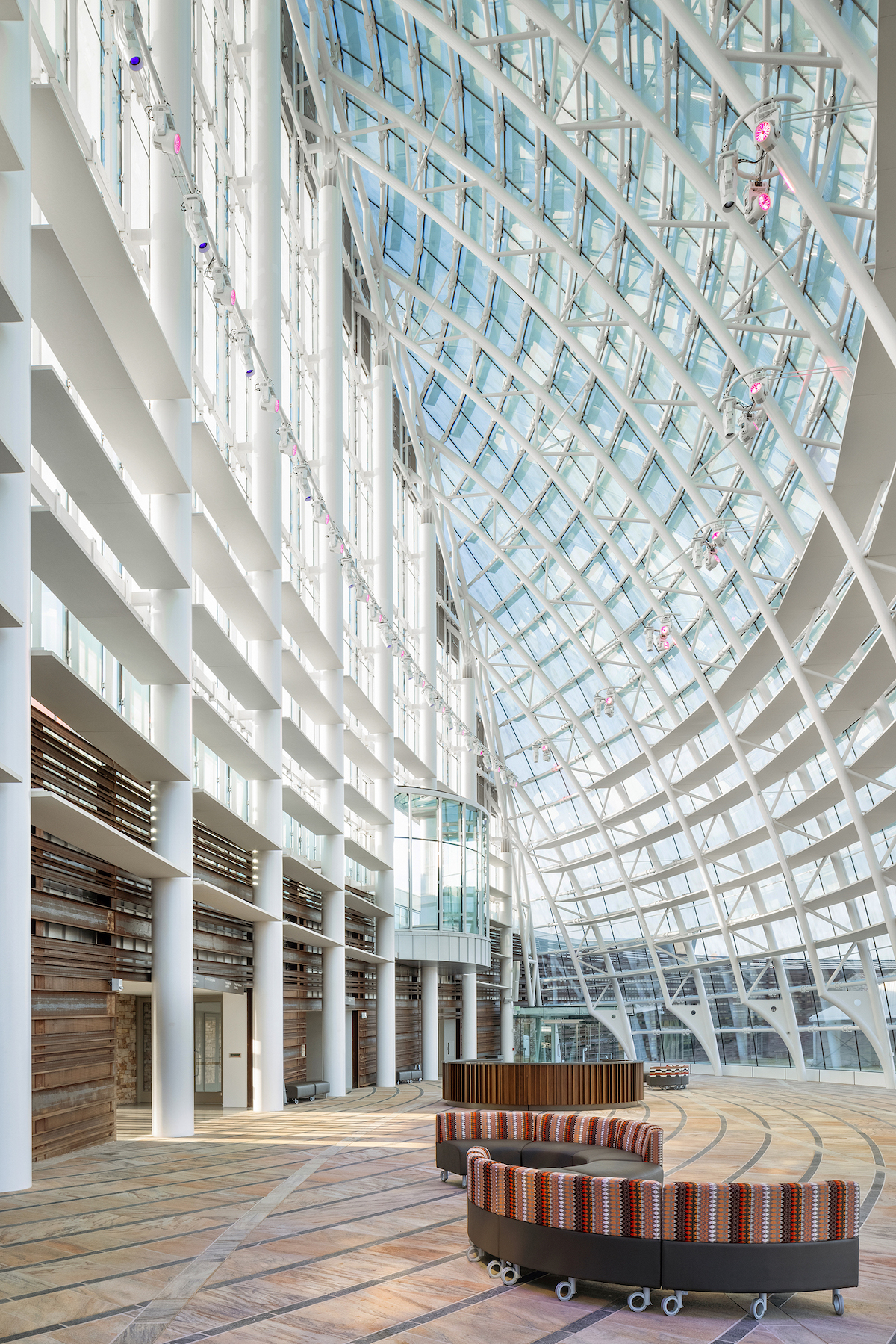
Photo: Mel Willis
